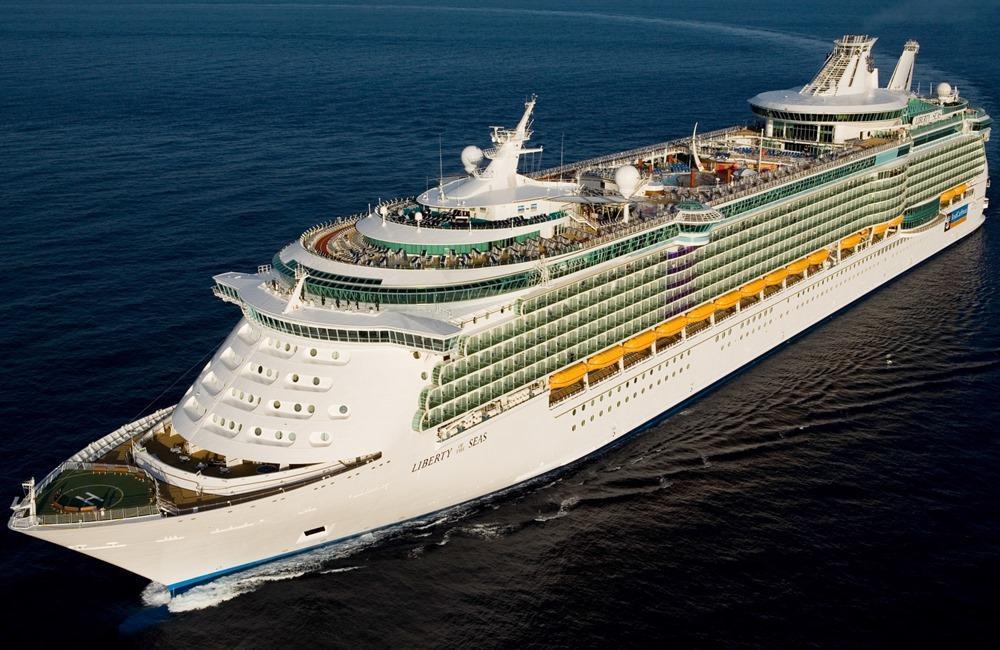CLIA-Cruise Lines International Association released the results of its 2022 Global Cruise Industry Environmental Technologies & Practices Report, showing progress towards achieving the vision of "net-zero carbon cruising globally by 2050."
The report reinforces the industry’s credentials as an innovator/early adopter of environmental technologies. Examples cited include the increasing number of ships launching over the next years that will be able to incorporate zero-emissions propulsion systems when available and the growing investment to equip ships to plug into shoreside electricity where available.
More than 15% of the newbuilds to be launched in the next 5 years will be fitted with fuel cells/batteries, and 85% of CLIA-member lines owned ships to be inaugurated between 2022-2028 will be with shorepower capabilities, allowing their main engines to be switched off at berth for in-port emissions reduction.
The report makes clear that a transition to sustainable marine fuels is essential to achieving the industry’s decarbonization goals and underscores the need for governments to support research efforts to accelerate the development of these fuels so that they are safe and available for use at scale.
CLIA is a supporting organization to the Getting to Zero Coalition’s Call to Action for Decarbonization of Shipping. The support is in addition to the leadership of the individual cruise line members and their partnerships with a number of coalitions and organizations working to find critical decarbonization solutions.
The report notes that CLIA ocean-going lines continue to progress toward reductions in emissions:
- Shore-side Power Capability – cruise companies continue to make significant investments for liners to connect to shoreside electricity, thus allowing engines to be switched off in port.
- 40% of global capacity (up 20% year over year) is fitted to operate on shore-side electricity in the 29 ports worldwide where that capability is provided in at least 1 berth in the port.
- 98% of the new build capacity on the order book (between now and 2028) is either committed to be fitted with shore-side electricity systems/will be configured to add shore-side power.
- LNG-Liquefied Natural Gas Fuel – the report found that 61% of newbuild capacity will rely on LNG fuel for primary propulsion.
- EGCS-Exhaust Gas Cleaning Systems - more than 79% of global capacity utilizes EGCS to meet/exceed air emissions requirements, representing an increase in capacity of 7% in comparison with 2021. 88% of the capacity of non-LNG new builds will have EGCS installed, in line with the already high level of investments.
- Advanced Wastewater Treatment Systems - 100% of the new ships on order are specified to have advanced wastewater treatment systems. 78% of the CLIA ocean-going fleet capacity is served by advanced wastewater treatment systems (which is a 9% increase in comparison with 2021).

The commitment of the cruise shipping industry to pursue net-zero carbon cruising by 2050 is consistent with the target set by the Paris Agreement and supported by the intermediary objective of the industry to reduce the rate of carbon by 40% across the global fleet by 2030, in comparison with 2008, which is consistent with the IMO-International Maritime Organization’s Initial Strategy for GHG reduction.